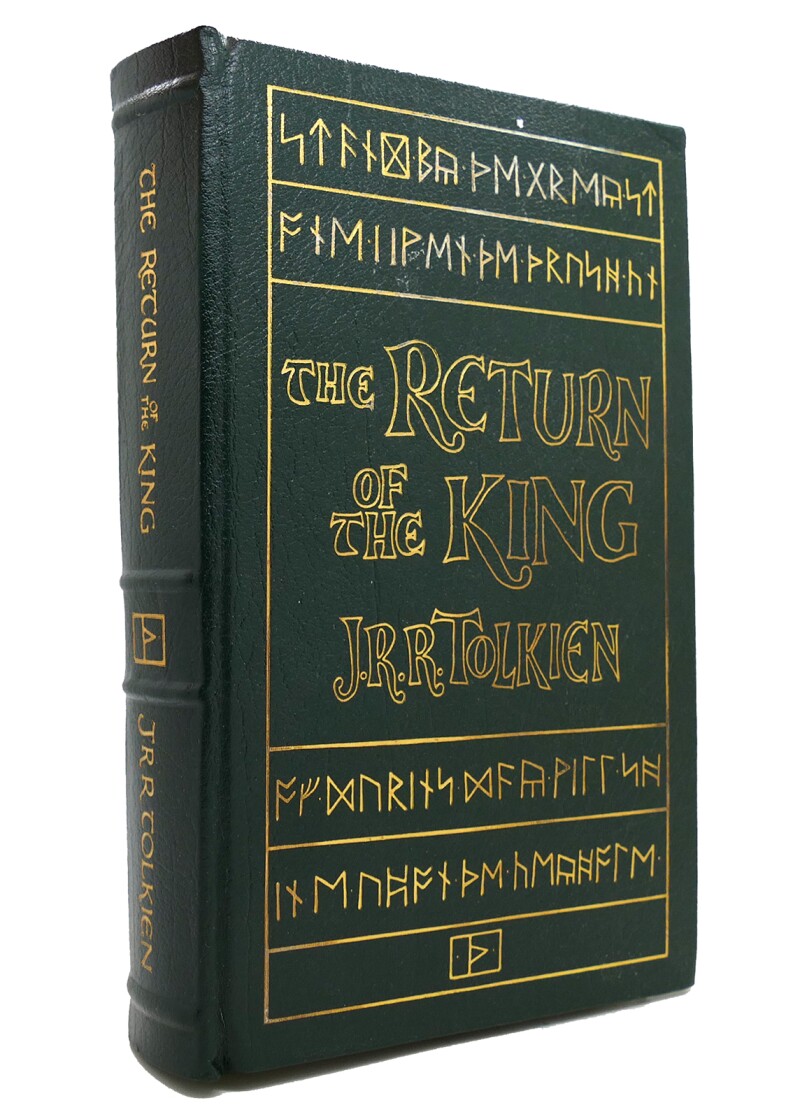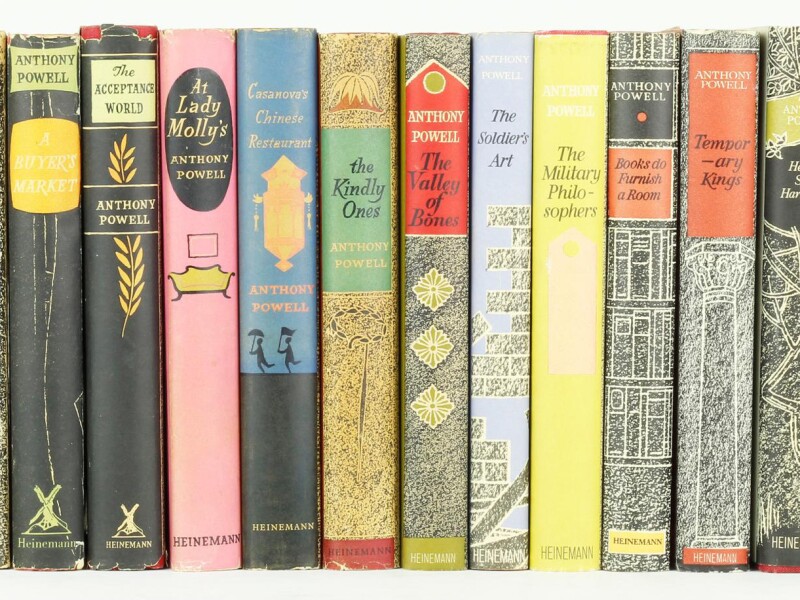Leather-bound books
You can buy leather-bound books for £7 or £700,000. Leather book bindings have been used for centuries because leather is hard-wearing and durable. It is also ideal for luxury editions. Leather book bindings can be plain, brown and protective, or highly decorative and called a fine binding. Thanks to its protective qualities, a leather-bound book can survive for many years.
Examples of different leather bindings
Fine custom leather bindings
Leather-bound books by Easton Press
Leather-bound books by Franklin Library
Leather-bound books by the Folio Society
Leather-bound books by Canterbury Classics
Leather-bound books by Barnes & Noble
A guide to buying leather-bound books
It’s possible to shop for leather-bound books by searching for books issued by specialist publishers.
Easton Press specialises in leather-bound books with mid-range prices. The Franklin Library was a publisher of fine leather editions from the early 1970s until 2000. The Folio Society sometimes publishes leather-bound limited editions.
Canterbury Classics publishes famous titles in leather covers at affordable prices. Barnes & Noble also has an affordable leather-bound classic collection of books in bonded leather, which is a mixture of leftover real and artificial leather combined with a polyurethane binder – bonded leather is also called reconstituted leather or composition leather. Both Canterbury and Barnes & Noble produce colourful leather editions with minimal use of plain brown leather.

The most expensive leather-bound books are custom bound by leading bookbinding firms such as Bayntun-Riviere, Sangorski & Sutcliffe, Monastery Hill, or Zaehnsdorf. In these cases, the value of the book is in the binding which can feature elaborate gilt designs or lettering.
To understand rare leather-bound books, we recommend you become familiar with the terms used to describe leather bindings.
Calf is the most common form of leather binding. It has a smooth surface with no identifiable grain. Its natural colour is light brown but it can be treated to give a marbled or polished effect.
Morocco bindings, which can be dyed, are made from goatskin and appeal for their appearance. The name has no geographic meaning and just refers to goatskin.
There is also a white leather binding called Vellum, which was originally made from de-greased calfskin and today is produced from lamb, goat or other skins. Books with Cosway bindings, where a miniature painting is inset into the cover, are often bound in fine leather.
A full leather binding covers the front board, rear board and spine. A quarter leather binding covers the spine. Half leather is where the spine and corners are bound in leather.
The long history of leather-bound books has ensured the existence of countless unique books. Traditionally, wealthy people would purchase a book and then take it to a professional bookbinder to have it bound in leather in their preferred style, or according to their budget. This means that when browsing antiquarian books today, we are presented with a wide variety of fine leather bindings.










































